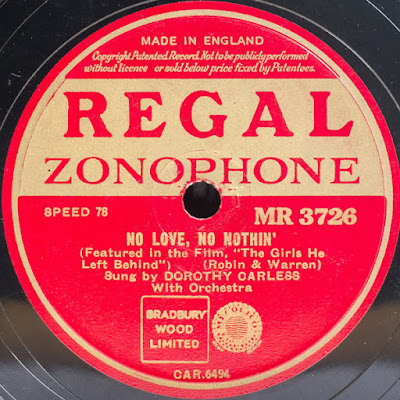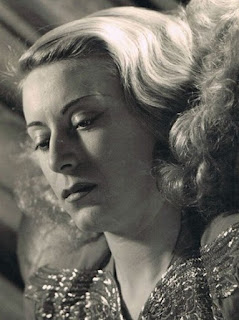Ross Edwin Barbour (December 31, 1928 – August 20, 2011) was an American baritone singer and one of the founder members of the vocal quartet The Four Freshmen.
 |
| Ross Barbour |
Ross and brother Don Barbour from Columbus, Indiana , were students at Butler University’s Arthur Jordan Conservatory of Music in Indianapolis when they teamed with fellow student Marvin Pruitt and Hal Kratzch to form a barbershop quartet called Hal’s Harmonizers. Pruit and Kratzsch were soon replaced by Ross and Don's cousin Bob Flanigan and Ken Errair. A self-contained vocal-instrumental group, they all played instruments, with baritone Ross Barbour on drums.
The quartet soon adopted a more jazz-oriented repertoire and renamed itself the Toppers. At first, they were influenced by Glenn Miller's The Modernaires and Mel Tormé's Mel-Tones, but soon developed their own style of improvised vocal harmony. Renamed by their agent the quartet went on the road as The Four Freshmen, and played their first date in a club in Fort Wayne, Ind., in September 1948 and soon drew the admiration of jazz legends such as Dizzy Gillespie and Woody Herman.
In 1950, The Four Freshmen got a break when band leader Stan Kenton heard the quartet in Dayton, Ohio, and arranged for an audition with his label, Capitol Records, which signed The Four later that year. Their first hit single was "It's a Blue World," released in 1952, and they enjoyed further success with "Mood Indigo" (1954) and "Day By Day" (1955). Their 1956 hit “Graduation Day” was later covered by the Beach Boys, whose Brian Wilson has referred to the Four Freshmen as his “harmonic education.” They released their first LP, Voices in Modern, in 1955 (and some dozen more 12" discs over the next five years); that album was as impressive a jazz document as it was a vocal pop effort, showcasing the group members' playing as well as their singing and showing that these guys had lots of complex musical strings in their bow.
It was on these albums that the quartet also showed itself to be a very smart outfit, not just in musical terms but logistically as well. Rather than simply doing any 12 songs that might have been working well in its stage act, the group made these releases into conceptual works, either musically (built around the sounds achieved by combinations of the group's sound and specific accompaniments, such as Four Freshmen and 5 Trombones, Four Freshmen and Five Guitars, etc.) or as thematic arrays of songs (such as Voices in Love and Voices in Latin).
Indeed, the Four Freshmen’s innovative four-part harmonies influenced not only the Beach Boys but the Lettermen, the Four Preps, the Manhattan Transfer and many other vocal groups. Between 1953 and 1958, the Four Freshmen won the Down Beat magazine Readers Poll as best vocal group of the year five times. They also received their first Grammy nomination in 1958, in the jazz-group category. Don Barbour died in a car crash in 1961 and was replaced by Bill Comstock. This line-up lasted intact for nearly 13 years, into the 1970s.
Throughout the 1950s and early 1960s, The Four Freshmen released a number of recordings, made film and television appearances, and performed in concert. The group eventually lost their mainstream following with the advent of the British pop bands of the 1960s. They continued to record and perform, even assimilating such contemporary songs as Jimmy Webb's "By the Time I Get to Phoenix," but they were effectively relegated to the "easy listening" stations. Their contract with Capitol ended in 1964, and the group's last affiliation with a major label was in the second half of the decade with Liberty Records, which yielded four LPs but no hits.
After Barbour's retirement in 1977, the Freshmen continued under the management of Flanigan, who kept the rights to The Four Freshmen name. Flanigan died on May 15, 2011 at the age of 84. New line-ups of the group have continued to perform and are considered an artistically valid ensemble -- in 2000 the Four Freshmen were voted Vocal Group of the Year by Down Beat magazine's readers.
Barbour who was the last of the original Freshmen died of lung cancer at his home in Simi Valley, California, on August 20, 2011, aged 82.
(Edited from Wikipeda & Singers.com)





















































